Dysautonomia Treatment & POTS Survival Kit: Lifestyle Medicine Management of Postural Orthostatic Tachycardia Syndrome and other forms of Dysautonomia {Lifestyle Medicine}
Dysautonomia Treatment & POTS Survival Kit: Lifestyle Medicine Management of Postural Orthostatic Tachycardia Syndrome and other forms of Dysautonomia
{Lifestyle Medicine}
Dysautonomia management requires a multidisciplinary and multi-pronged approach to address any underlying contributing conditions as well as modulating symptoms. Dysautonomia refers to several medical conditions that cause an abnormality in the function of the autonomic nervous system leading to trouble regulating some or all of the largely “automatic” functions of the autonomic nervous system. These various conditions can result in lightheadedness, fainting, unstable blood pressure, abnormal heart rates, malnutrition and other debilitating symptoms.
Subscribe to my YouTube Channel for more healthy recipes, lifestyle tips and more!
Affiliate Disclosure & Privacy Policy (please review our complete policy here): we use affiliate links and analytics on our website, social media posts and newsletter which utilize cookies placed on your browser to track sales activity. This post is NOT sponsored. When you click an affiliate link on our Website, a cookie will be placed on your browser to track sales activity. When you click these links and purchase a product, we may receive a small commission to help support the maintenance of our website, but the price is the same for you. Users can control the use of cookies at the individual browser level. Please review our complete privacy policy here. Thank you for your support! These statements have not been evaluated by the FDA and should not be considered medical advice or treatment. Please consult your personal health provider before making any changes to your diet or lifestyle.
This post is part 3 of a series. For a general Overview of the Autonomic Nervous System check out part 1 here and learn more about the Various Forms of Dysautonomia in part 2 here!
Dysautonomia Treatment
Since there are many underlying contributors to these conditions, dysautonomia treatment and management of symptoms varies. The presentation of dysautonomia is heterogeneous and often involves several coexisting conditions which must be considered, so treatment plans must be individualized in conjunction with a knowledgeable health care provider.
Lifestyle and pharmacological management are often considered when deciding on a personalized treatment regimen. If the dysautonomia is secondary to a known primary condition, management is generally aimed at improving the primary condition and managing the dysautonomia symptoms. In the case of secondary dysautonomia, management is usually aimed at symptom relief.
Medications For Dysautonomia Treatment
Several medications are used for dysautonomia treatment and the management of POTS, although the effectiveness of a given medication varies based on the type of dysautonomia, comorbid conditions and other individual factors. Pharmacologic treatments often take a three-pronged approach and may include:
Heart-rate control with:
- beta-blockers
- Ivabradine which slows down heart rate without affecting blood pressure
Volume Expansion with:
- fludrocortisone (Florinef) a type of synthetic steroid that can cause the body to retain salt and therefore water to increase blood volume
- desmopression
- increased hydration or IV saline
Peripheral Vasoconstrictors like:
- midodrine which acts on blood vessels causing constriction to prevent blood pooling and increase blood pressure
- droxidopa
- pyridostigmine
and other methods.
Lifestyle Approaches to Dysautonomia Treatment
Lifestyle approaches also play a key role in many cases of dysautonomia. There are several lifestyle adaptations that may help dysautonomia patients reduce and cope with symptoms. Such treatments vary depending on the type of dysautonomia or POTS and may include:
- individualized exercise programs
- a high-salt diet incorporating real sea salt
- compression garments (affiliate link)
- increased fluid intake
- adequate sleep and rest
- inclining the head of the bed a few inches to modulate blood volume
- mindfulness and stress management by incorporating tools such as those in The Whole Cure (affiliate link)
- temperature modulation and support with tools like cooling towels or vests
Dysautonomia Treatment Survival Kit: Essentials for Managing POTs and other forms of Dysautonomia
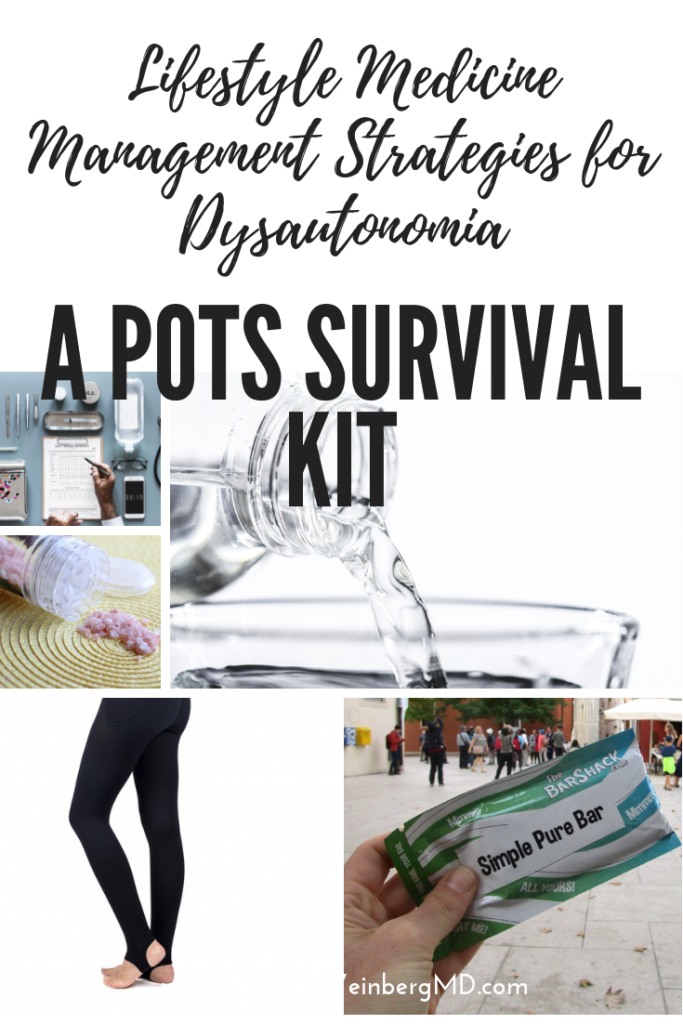
Water Bottle
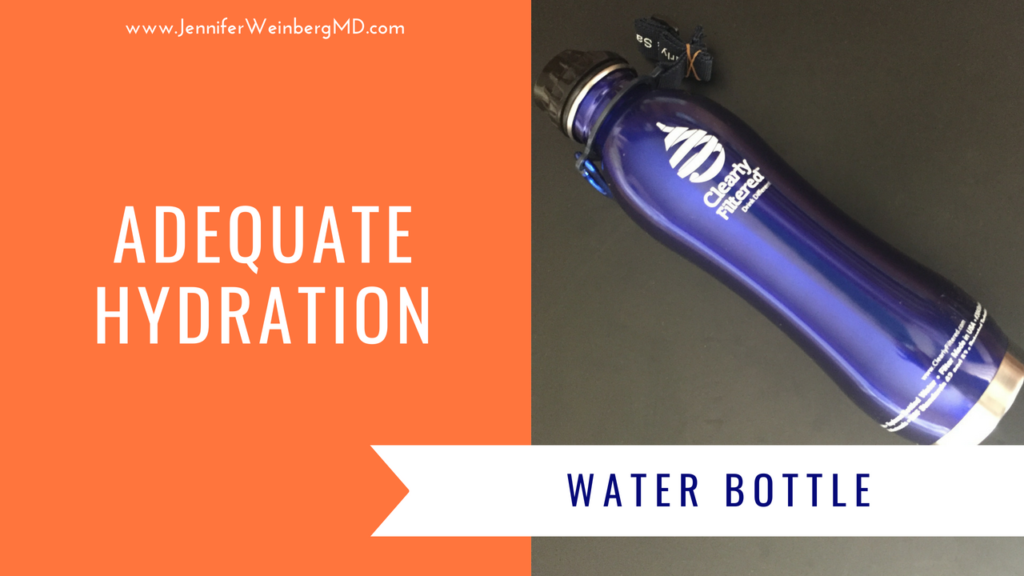
Increased fluid and salt intake has proven to be valuable for many with blood pooling, hypovolemia/low blood volume, or hypotension related to dysautonomia (Abed, Ball & Wang, 2012).
Maintaining adequate hydration is thought to raise the level of the stimulatory neurotransmitter norepinephrine, helping to maintain blood pressure (Jordan et al., 2000). A fluid intake of approximately two liters per day (Grubb B.P., 2008) is often recommended, but this must be individualized under the guidance of a health care professional.
- approximately two+ liters of hydrating fluids/day (depending on the type of dysautonomia)
- my favorite way to stay hydrated and make sure I have safe potable water no matter where I am is to always carry my Clearly Filtered Stainless Steel Filter Water Bottle with me. I can fill it up from any source and still have safe water thanks to the replaceable Affinity Filtration Technology which removes up to 99% of fluoride, chlorine, lead and other common contaminants including mercury, herbicides and pesticides.
Sea Salt and/or Electrolytes
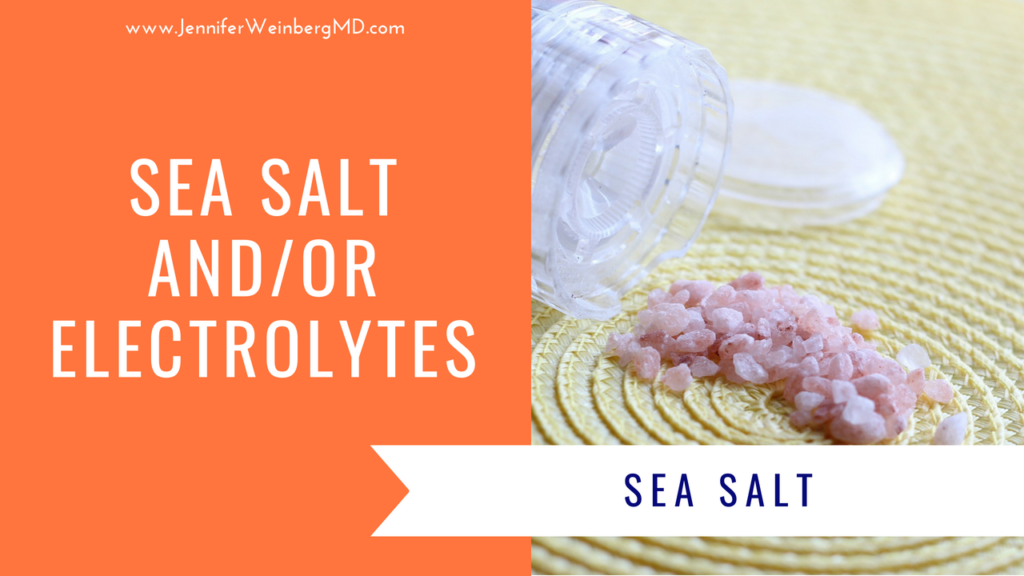
Sodium and other electrolytes play a major role in maintaining fluid balance and blood volume in the body.
There is evidence that salt supplementation may decrease orthostatic symptoms in adults (El-sayed et al., 1996). An intake of three to five grams of sea salt (affiliate link) or more for some individuals is typically recommended per day to help those with hypovolemic symptoms of POTS, although this should be individualized for each person based on many factors. Salt should of course be avoided in those with kidney disease or heart failure and is not appropriate for those with hyperadrenergic POTS.
Sea salt (affiliate link) contains trace minerals beyond sodium and chloride and is free from anti-clumping agents, added iodine and other additives that are typically found in table salt.
- 3-5 grams of sea salt (roughly 1 gram of salt = 388 mg of sodium)
- natural electrolyte powders without dyes, additives or artificial flavors and sweeteners
- some people also do well with organic coconut water (affiliate link) which comes in convenient powdered forms to add to water. Coconut water Coconut water is naturally occurring, is very rich in potassium, contains sodium, chloride, and carbohydrates (Chavalittamrong B, Pidatcha P, Thavisri U., 1982).
Compression Socks/Compression Leggings
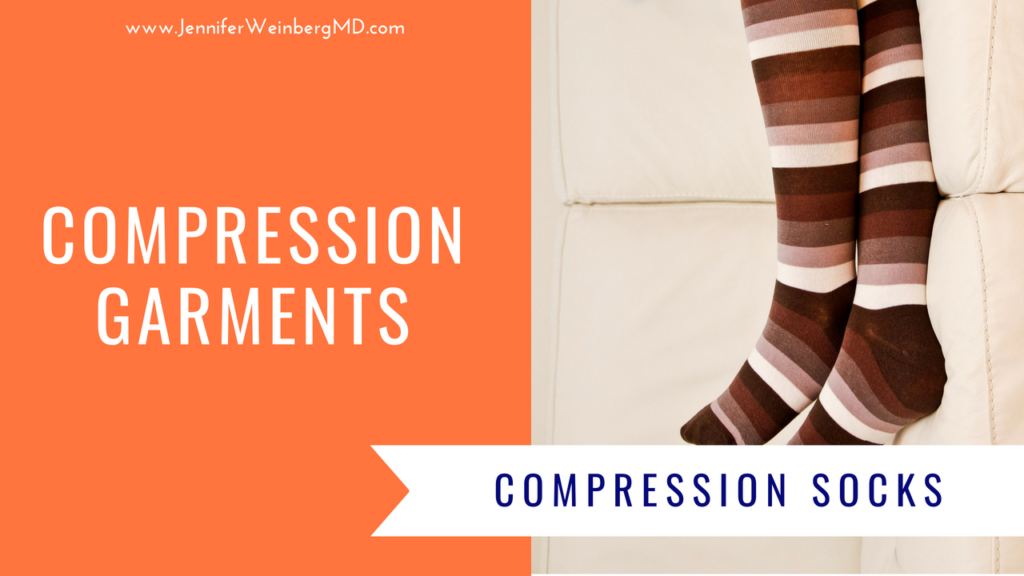
Compression socks, leggings or support hose and abdominal binders (affiliate links) can be helpful for some 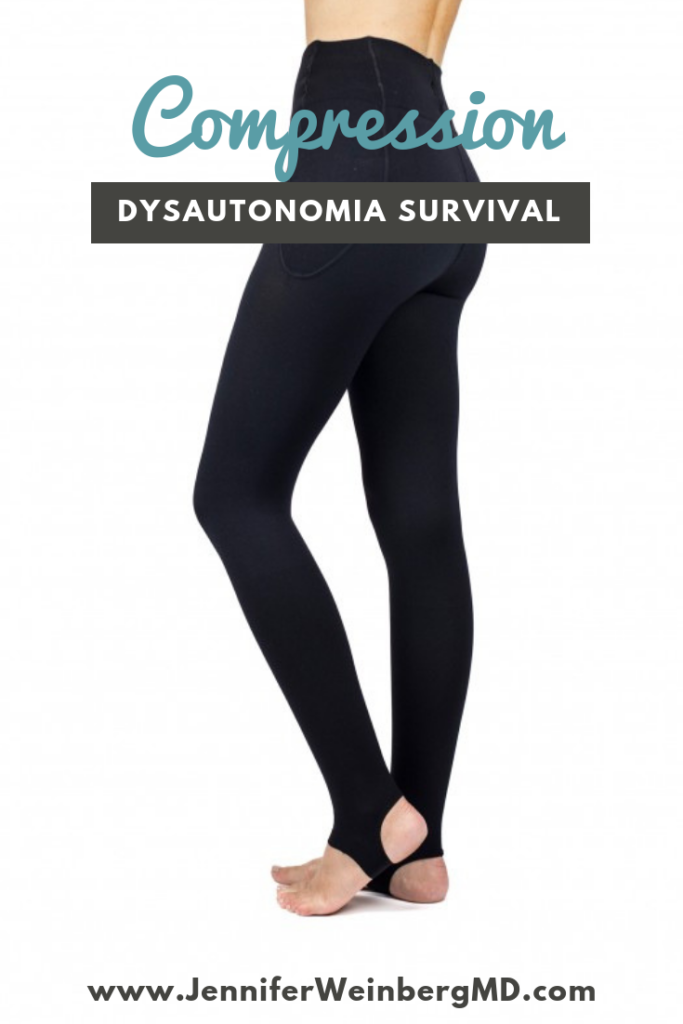 POTS patients by lessening peripheral venous pooling and hypotension (Kanjwal, Kosinski & Grubb, 2003).
POTS patients by lessening peripheral venous pooling and hypotension (Kanjwal, Kosinski & Grubb, 2003).
- Some studies suggest that the most effective compression hose are 30 mm Hg of counter pressure and go at least waist high (Grubb B.P., 2008), but many find benefits from lower levels of pressure as well.
- Some of my favorite options are made by RejuvaHealth since they offer a wide variety of styles, compression levels and materials and have worked well even for my clients who are very sensitive to fabrics and chemicals.
- Vim & Vigr also offers tights, socks and sleeves at various compression levels and styles.
Save 15% off all products at Vim & Vigr via this link (you should see the coupon code at check-out; affiliate link).
Balanced Meals and Snacks
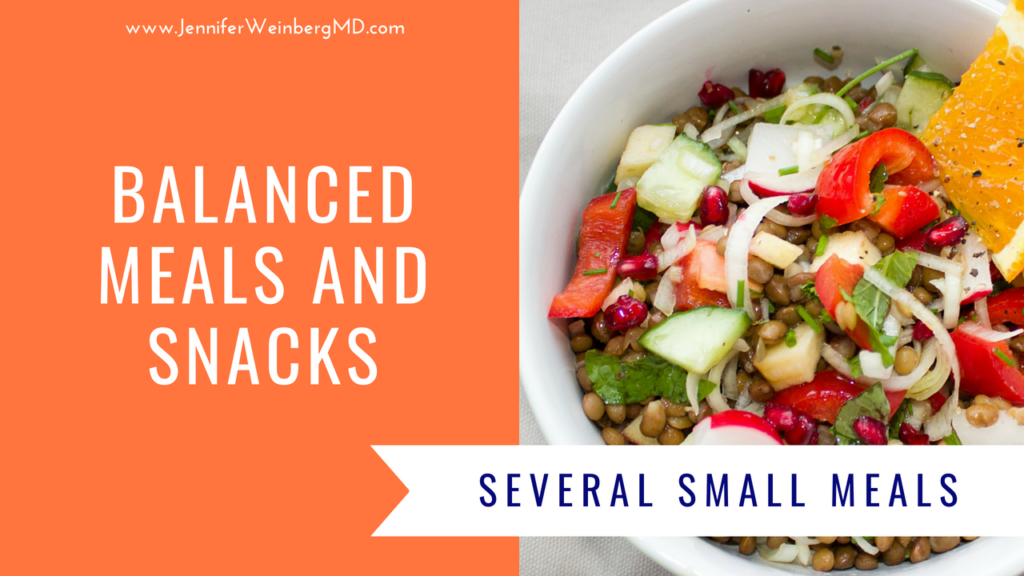
It is frequently recommended that POTS patients eat several smaller meals throughout the day in lieu of two or three large ones, since much of your blood is redirected to the digestive tract after eating a large meal to facilitate the digestive process which can exacerbate symptoms (Jansen et al., 1995).
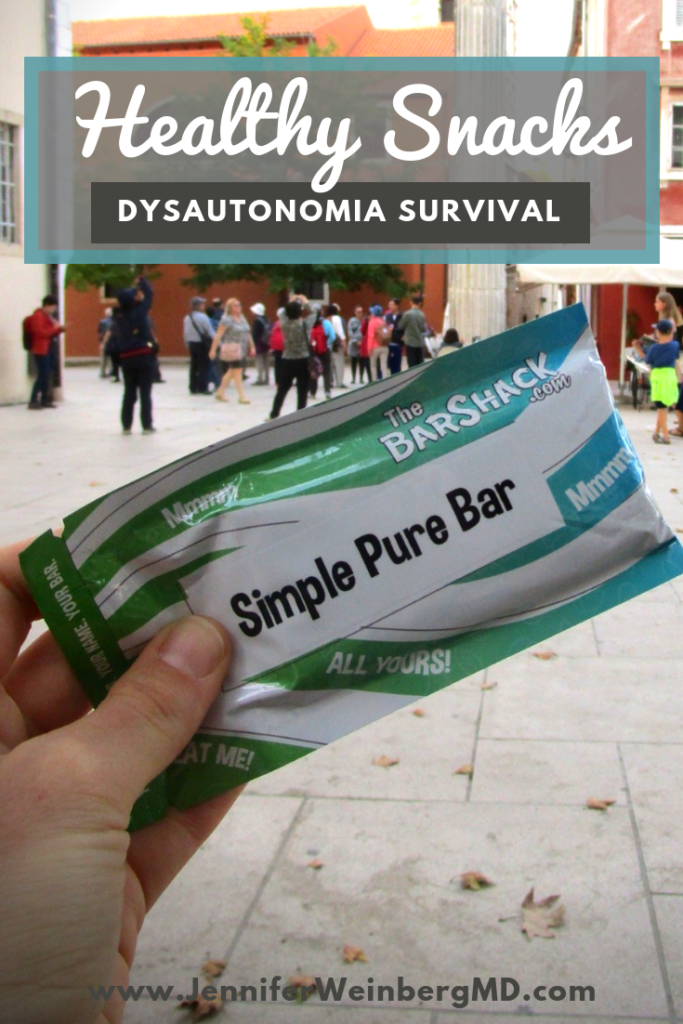 Many also experience fewer symptoms when limiting simple carbohydrates and consuming meals with a balance of protein, healthy fats and complex carbohydrates. This may be due to the role of insulin. Insulin is released by the body in response to consuming carbohydrates or other sources of glucose to help maintain a constant range of blood sugar. Insulin also has important vascular impacts, altering blood flow and contributing to vasodilation especially in the gut area (Muniyappa et al., 2007).
Many also experience fewer symptoms when limiting simple carbohydrates and consuming meals with a balance of protein, healthy fats and complex carbohydrates. This may be due to the role of insulin. Insulin is released by the body in response to consuming carbohydrates or other sources of glucose to help maintain a constant range of blood sugar. Insulin also has important vascular impacts, altering blood flow and contributing to vasodilation especially in the gut area (Muniyappa et al., 2007).
As with all lifestyle medicine approaches, bioindividuality is important. Food allergies and sensitivities can contribute to symptoms in some people with POTS. Of course, each individual responds differently, so these guidelines must be considered carefully depending on different circumstances.
- focus on smaller balanced meal
- reduce simple and processed carbohydrates
- examine your reaction to gluten and dairy
- be careful about caffeine intake, especially with hyperadrenergic POTS
- avoid alcohol and energy drinks
- since it is often hard to find convenient solutions for travel and on-the-go that are free of all of my food allergies and sensitivities and still made with quality, organic, real food ingredients, I have been excited to find The Bar Shack. The Bar Shack (affiliate link) allows you to make delicious customized snack and protein bars with ingredients that meet your specific dietary needs and preferences. These are my go-to for travel and unexpected delays away from home.
Pocket Fan, Hat, Sun Protective Clothing
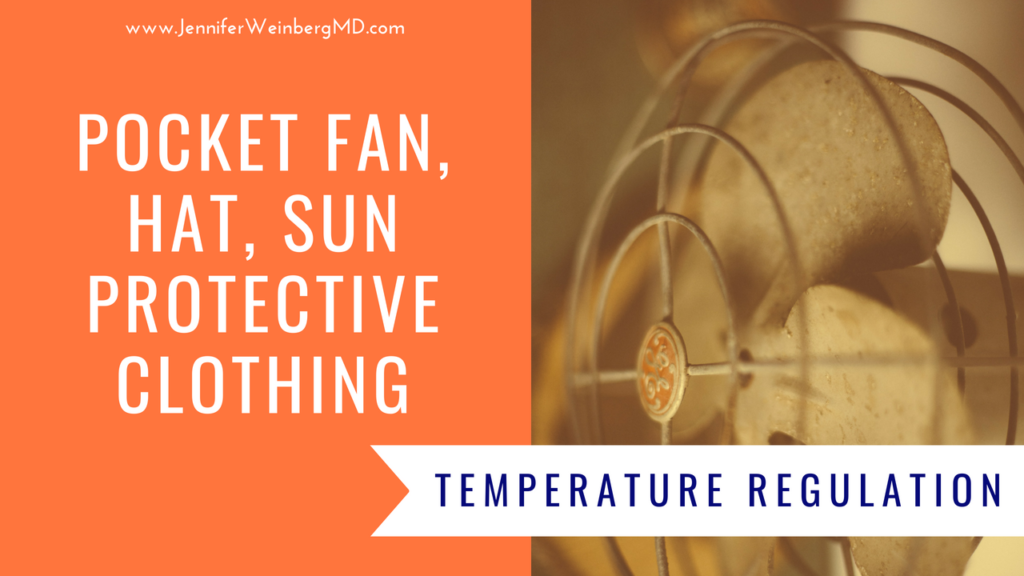
Extremes of temperature, especially heat, often exacerbate POTS symptoms.
- Air conditioning, body cooling vests, sun shirts, handheld misters, personal fans, hats (affiliate links), layers in case of temperature fluctuation, and quick drying clothing and sheets made or natural fabrics like organic cotton can be helpful in maintaining an even temperature.
- Cooling towels or vests can help to modulate body temperature by chilling pulse points in key blood vessels to aid the body’s natural temperature regulation mechanisms.
Appropriate Individualized Medications and Medical Documentation: List of medications, allergies, health conditions, treatment plans and doctor and emergency contact information; Medical ID Bracelet
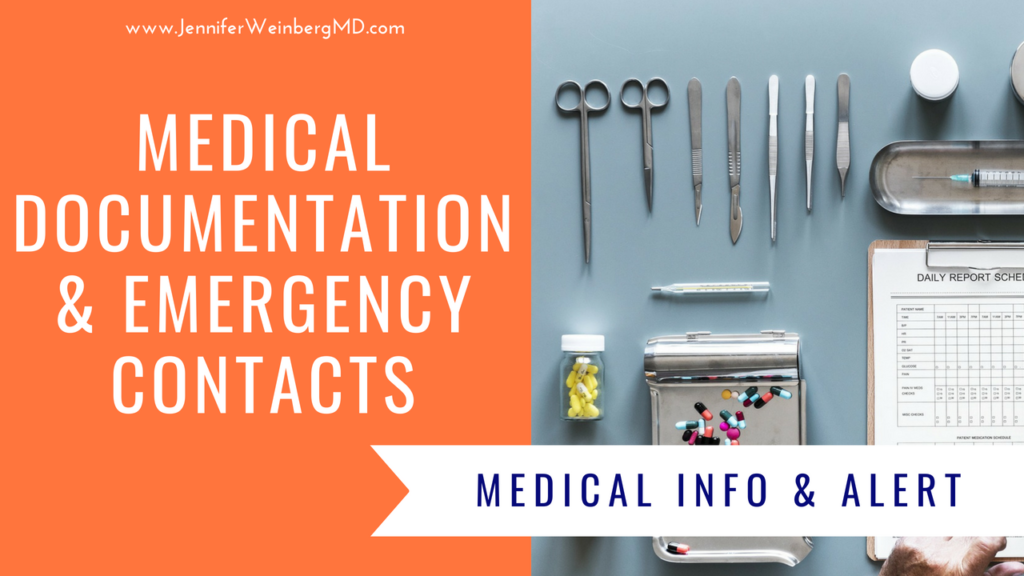
An important part of a Dysautonomia Treatment Survival Kit is medical documentation. Unfortunately, it is not uncommon for some EMTs and ER doctors to lack knowledge of dysautonomia and POTS, so it can be helpful to carry documentation listing that you have “POTS/autonomic dysfunction” as well as your current medications, allergies and emergency contact information.
- list of current medications, dosages and time of day you take them.
- list of all food or drug allergies,
- “In Case Of Emergency” contact name and phone number, as well as your doctor’s contact information,
- a brief explanation of your important medical diagnoses.
- Dysautonomia International also has a variety of Medical Accommodation Wallet Cards that you can print and keep in your wallet to show to people in situations when you need to sit or lie down because of your symptoms.

Do you have a medical survival kit?
What do you include in your dysautonomia treatment survival kit?
References:
Abed H., Ball P.A., and Wang L. (2012). Diagnosis and management of postural orthostatic tachycardia syndrome: A brief review. Journal of Geriatric Cardiology. 9: 61-67.
Chavalittamrong B, Pidatcha P, Thavisri U. Electrolytes, sugar, calories, osmolarity and pH of beverages and coconut water. Southeast Asian J Trop Med Public Health. 1982;13(3):427–31.
Grubb, B.P. (2008). Postural Tachycardia Syndrome. Circulation: Journal of the American Heart Association. 117:2814-817.
Jansen R.W., Connelly C.M., Kelley-Gagnon M.M., Parker J.A., and Lipsitz L.A. (1995). Postprandial hypotension in elderly patients with unexplained syncope. Arch Intern Med. 8;155(9):945-52.
I would love to have you in my Insider’s Community! Join for free and receive your FREE Chapters from The Whole Cure: 52 Essential Prescriptions to Overcome Overwhelm, Reclaim Balance and Reconnect with a Life You Love! You can pick up a full paperback or Kindle copy on Amazon for a wealth of insights, exercises and complete toolkit to help you uncover your true passions, authentic purpose and calm confidence as well!
To keep building your healthy lifestyle and best self through everyday habits, take the next step today to commit to a life you truly love and feel fully alive!
-
Pick up a copy of The Whole Cure to build resilience and manage stress in a way that makes life flow with greater ease and joy!
-
Access guided relaxation exercises utilizing the power of the breath and mind here.
-
Join my next online group Whole Cure Lifestyle Transformation Programs to build more powerful coping strategies and skills for meaningful stress management and a calmer life! Contact me to form your own guided online group or register for the next scheduled online program!
Medical Disclaimer: Information provided in this post and related resources are for informational purposes only. Jennifer Weinberg is not providing medical advice, diagnosis or treatment information. The information is NOT intended as a substitute for the advice provided by your physician or other healthcare professional. Every body is unique so be sure to check with your healthcare professional before making any dietary or lifestyle changes taking any medication or nutritional supplement or using any treatment for a health issue. Do not use this information provided for diagnosing or treating a health problem or disease. If you suspect you have a medical problem please contact your healthcare provider promptly and do not disregard professional medical advice based on anything on this website. This website and related resources are not intended to diagnose, treat, cure or prevent disease and do not create a doctor-patient relationship between you and Jennifer Weinberg. These statements have not been evaluated by the FDA. These products are not intended to diagnose, treat, cure, or prevent any disease.
This post was shared with: Home Matters Link Party
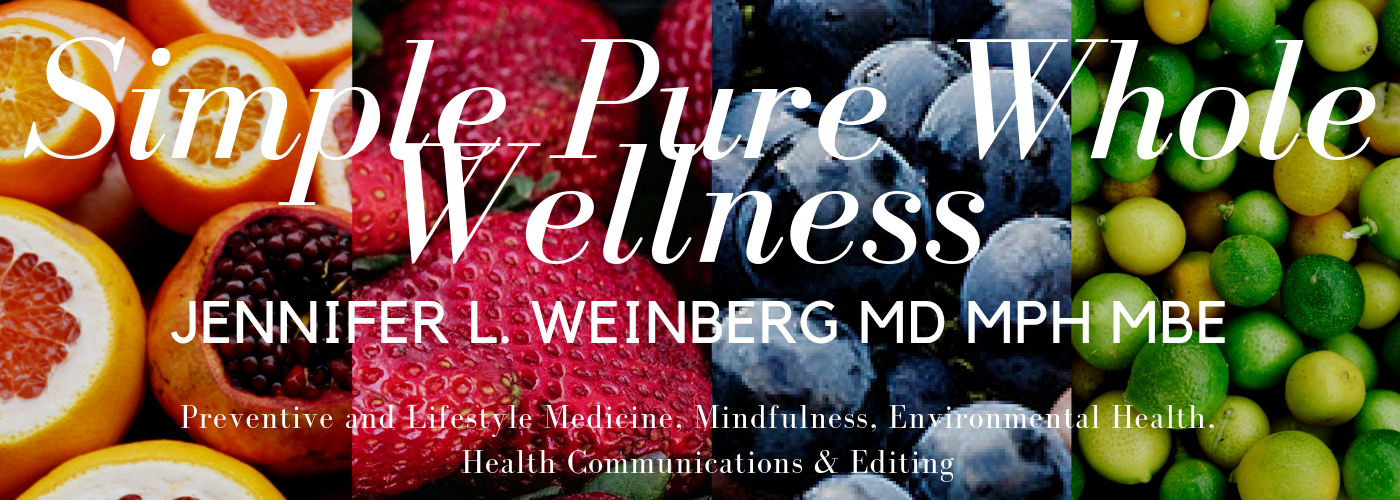

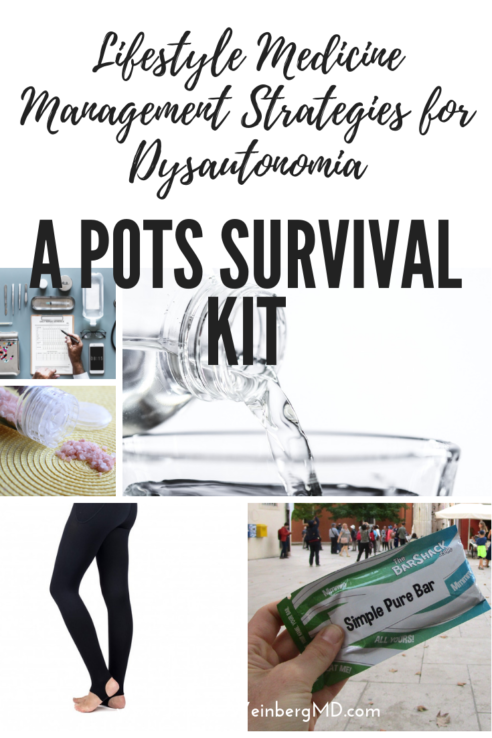


Comments
Angel
Hello,
A more natural and effective way to reduce the tachycardia and raving heart is Copacalm. I take 2 droppers full twice a day and my heart rarely pounds anymore. It’s a 100% safe adaptogenic Chinese herb that regulates the heart rate.
No need for medication as you are suggesting. Beta blockers are HORRIBLE!
For compression socks over all compression is not that effective.
BUY SOCKS FROM NURSE YARD! These socks focus specifically on the area of the foot and leg that need the compression to prevent blood from pooling and ONLY where it’s really needed.
ALICE QUIROZ
I would like to received your newsletter
Dr. Jennifer L. Weinberg, MD, MPH, MBE
Sure! You can sign up for free here http://bit.ly/2klWWm2
Erin Owens
I would like resources for herbal remedies that can help make life easier. Like catnip/peppermint tea to help calm overactive nerves. Or something to help establish normal peristalsis. Maybe something that helps getting your sleep cycle back on track. Anything that can help establish a more normal lifestyle.
Angel
Buy copacalm to assist with rapid heart rate. It’s got Huperzine-A a Chinese herb that naturally regulates the heart rate and for me eliminates tachycardia. It’s 100% adaptogenic